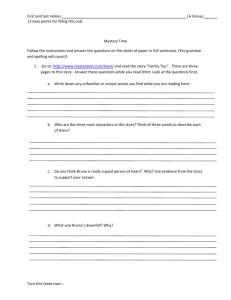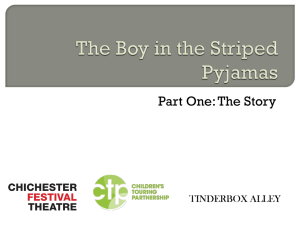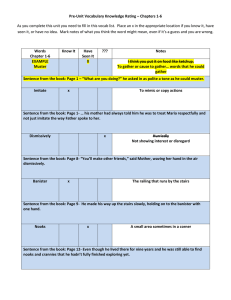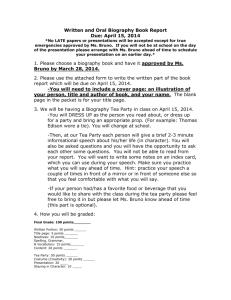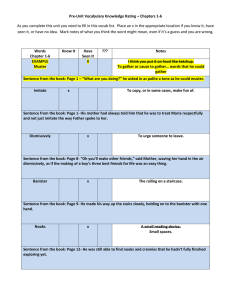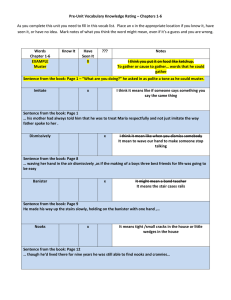Chapter 3 Nature, Nurture, and Human Diversity
advertisement
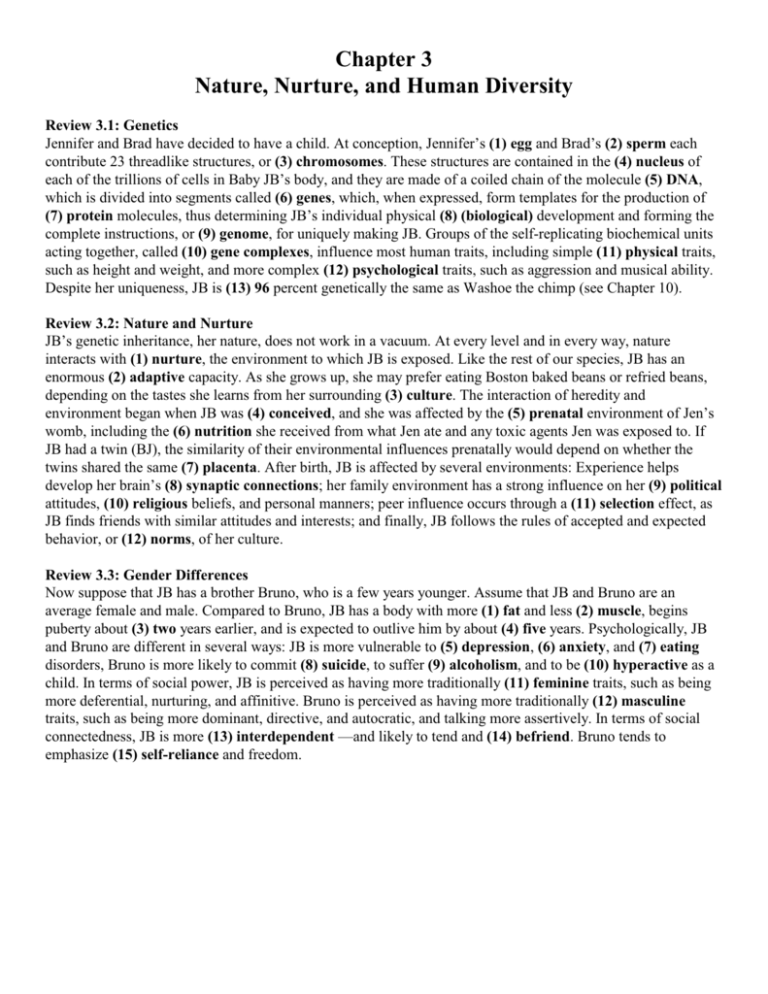
Chapter 3 Nature, Nurture, and Human Diversity Review 3.1: Genetics Jennifer and Brad have decided to have a child. At conception, Jennifer’s (1) egg and Brad’s (2) sperm each contribute 23 threadlike structures, or (3) chromosomes. These structures are contained in the (4) nucleus of each of the trillions of cells in Baby JB’s body, and they are made of a coiled chain of the molecule (5) DNA, which is divided into segments called (6) genes, which, when expressed, form templates for the production of (7) protein molecules, thus determining JB’s individual physical (8) (biological) development and forming the complete instructions, or (9) genome, for uniquely making JB. Groups of the self-replicating biochemical units acting together, called (10) gene complexes, influence most human traits, including simple (11) physical traits, such as height and weight, and more complex (12) psychological traits, such as aggression and musical ability. Despite her uniqueness, JB is (13) 96 percent genetically the same as Washoe the chimp (see Chapter 10). Review 3.2: Nature and Nurture JB’s genetic inheritance, her nature, does not work in a vacuum. At every level and in every way, nature interacts with (1) nurture, the environment to which JB is exposed. Like the rest of our species, JB has an enormous (2) adaptive capacity. As she grows up, she may prefer eating Boston baked beans or refried beans, depending on the tastes she learns from her surrounding (3) culture. The interaction of heredity and environment began when JB was (4) conceived, and she was affected by the (5) prenatal environment of Jen’s womb, including the (6) nutrition she received from what Jen ate and any toxic agents Jen was exposed to. If JB had a twin (BJ), the similarity of their environmental influences prenatally would depend on whether the twins shared the same (7) placenta. After birth, JB is affected by several environments: Experience helps develop her brain’s (8) synaptic connections; her family environment has a strong influence on her (9) political attitudes, (10) religious beliefs, and personal manners; peer influence occurs through a (11) selection effect, as JB finds friends with similar attitudes and interests; and finally, JB follows the rules of accepted and expected behavior, or (12) norms, of her culture. Review 3.3: Gender Differences Now suppose that JB has a brother Bruno, who is a few years younger. Assume that JB and Bruno are an average female and male. Compared to Bruno, JB has a body with more (1) fat and less (2) muscle, begins puberty about (3) two years earlier, and is expected to outlive him by about (4) five years. Psychologically, JB and Bruno are different in several ways: JB is more vulnerable to (5) depression, (6) anxiety, and (7) eating disorders, Bruno is more likely to commit (8) suicide, to suffer (9) alcoholism, and to be (10) hyperactive as a child. In terms of social power, JB is perceived as having more traditionally (11) feminine traits, such as being more deferential, nurturing, and affinitive. Bruno is perceived as having more traditionally (12) masculine traits, such as being more dominant, directive, and autocratic, and talking more assertively. In terms of social connectedness, JB is more (13) interdependent —and likely to tend and (14) befriend. Bruno tends to emphasize (15) self-reliance and freedom.

